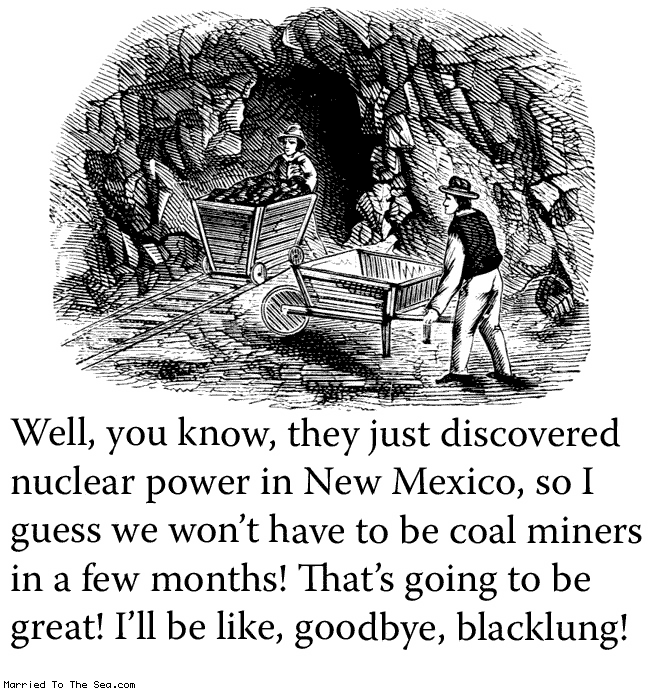A bit of dystopian fiction from my young friend Kelsey, with a loving nod to our disappearing past:
“But those were on paper once, you can’t be that sure”
“It also isn’t one of those papers.”
“What? But that means it’s…okay, you’re right, it’s old. But how old?”
“Dunno”, you say, “dates missing. But it looks like a local daily, so you can guess.”
“Oh, wow, that’s positively a relic.”
“Yeah.”
“So, what’s it say? Any good places to buy a bike? Perhaps a decent crossword?”
“No. It’s got content. Here.”
Click through, because you really have to check out the excerpt he chose from the decrepit old yellowed thing, which has an, umm, familiar ring to it.


